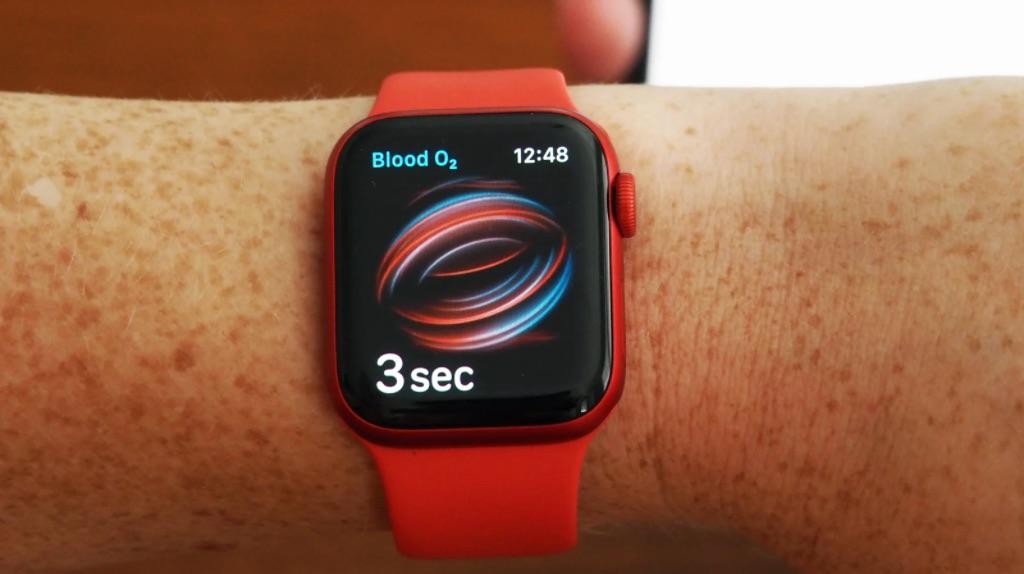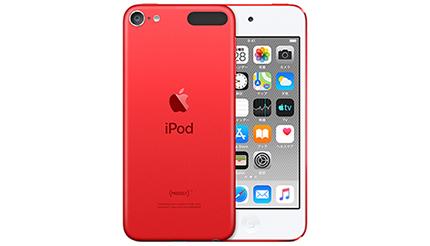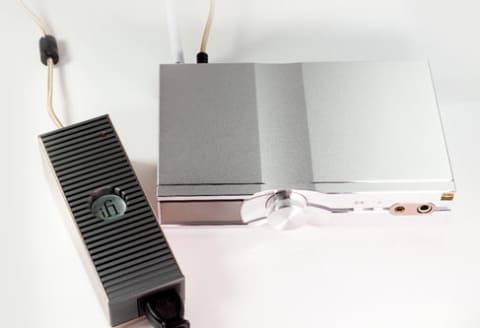The keyword is "potential"...?
Series 6 is also attracting attention for its potential as a healthcare tracker, from measuring blood oxygen levels to diagnosing atrial fibrillation. After actually using it, the accuracy of the measurement data is amazing! On the other hand, there are some parts that are missing compared to Fitbit. In addition, Gizmodo introduces how the battery life is different from the previous series.
I've been waiting two weeks for the day when I can review the Apple Watch Series 6. I was ready to say, "This is a good smartwatch!"
I've used Series 4 and Series 5 on a daily basis so far, but I don't have the impression that there is a huge difference in Series 6. Many of the new features come from watchOS 7 software, which is common to Apple Watch since Series 3.
In addition, the blood oxygen sensor function and faster processor that are attracting attention in Series 6 do not have a big impact on actual daily life. However, depending on the plans Apple is preparing, sensors have the potential to become important in the future.
Apple Watch Series 6
What's This: Apple's Flagship Smartwatch
How much: $400~ (for 40mm GPS model)
What I like: Long battery life and fast charging time. The beauty of new colors. High potential as a healthcare tracker.
What I don't like: Right now it's not maxed out as a deep sleep analysis or advanced health tracker. What I don't like: Right now, it's not maxed out as a deep sleep analysis or advanced health tracker.
Let's talk about blood oxygen levels
First, let's talk about how blood oxygen levels are measured. The back crystal contains red, green and infrared LEDs with four photodiodes placed between them. When red and infrared light passes through the skin and shines toward the blood vessels under the wrist, a photodiode reads the reflected light. If the blood is dark red, it is deficient in oxygen; if it is bright red, it is rich in oxygen.
Use the new BloodOxygen app for measurements. You need to rest your wrist on a flat surface for about 15 seconds. If you move or the angle of your wrist is bent, the reading may be off. My readings were consistently 95-100%. These spot checks are good, but it's also interesting to check the values that are continuously measured in the background, including while you're asleep. As far as I know, my blood oxygen levels have been consistently in the 91-100% range, with no particular health problems.
I've had some questions about whether blood oxygen readings can be skewed by skin color. none) were similarly consistently in the normal range.

The Series 6 SpO2 sensor is nothing new in the smartwatch world. Fitbit wearables have included it for years (though it doesn't measure blood oxygen levels). However, at the moment, the Apple Watch cannot provide insights even if it can provide data on blood oxygen levels.
With the release of Series 6, Apple began three clinical trials with research partners to examine the relationship between blood oxygen levels and asthma, heart failure, and respiratory viruses such as covid-19 and influenza. bottom. If all goes well, eventually we'll develop a diagnostic tool and get FDA clearance. However, I can imagine that it will take some time before the feature is implemented.
What it does as a fitness tracker
The Series 6 has all the same health tracking features as the Series 4 and 5, in addition to a blood oxygen sensor. This also includes an electrical heart rate sensor that enables an FDA-approved ECG app, which can diagnose atrial fibrillation.
The Series 6 is also a great fitness tracker, just like the rest of the Apple Watch. It motivates me to exercise even during the lockdown that is still going on in California. I adjusted the stand goal from 12 hours to 10 hours.
The always-on altimeter (also included in the Watch SE) is pretty fun too. It was great to set it on the dial and see it change from 350 feet above sea level to over 1,200 feet in real time as I tracked my hike.
You can now also view your Vo2Max score, which measures your oxygen uptake during exercise. The higher this score, the better your cardio fitness level. However, the iOS Health app, which provides these metrics, doesn't really know what a good score is. My range is 31-37 and I had to google it to find out what that meant. The normal range varies by age and gender, which is also unknown in the Health app. Given that this watch knows my age, weight, heart rate, and even my period date, I wish it could tell me more about my health data.
And that's the Series 6's biggest problem. Because with features like sleep tracking, blood oxygen monitoring, and aerobic activity measurements, the data just can't be contextualized. The Apple Watch's measurement accuracy is excellent, so it would be great if you could give us more advice based on that.
Battery life improved, but...?
Aside from the health tracking feature, we were often asked about battery life. According to iFixIt, the Series 6's battery is slightly larger than its predecessor.
In my experience, one charge lasts about 30 hours. That includes wearing it all night to track your sleep, and doing GPS-tracked workouts like outdoor walks and runs (about 60 minutes per day). Sleep tracking drains about 10% of battery (nearly 20% on Series 4). This is one of the smartwatches with the longest lifespan...? No, not at all.
With Series 6, we've improved not only the battery size, but also the charging time. The difference is remarkable, 80% in 1 hour and 100% in 90 minutes. For me, it's usually around 35% before I go to bed, so if I let it charge while I'm reading a book or watching TV, it's back to 100 by the time I want to wear it for sleep tracking. %. When it is fully charged, it will be notified on the iPhone, so it will also prevent you from forgetting to put it on.
Sleep tracking is part of watchOS7 and is not unique to Series 6. My honest impression after using it is so-so. It tells you how long you slept, but it doesn't give you much information. When it comes to sleep tracking, I find the Fitbit to be more reliable. For Fitbit, it gives you insights into your sleep cycle (deep/light/REM sleep) and how your sleep affects your overall health. One day, I wish I could get this kind of information on the Apple Watch...
On the other hand, wearing the Series 6 while I'm asleep isn't uncomfortable at all. I think it's better than waking up with an iPhone alarm.
For smartwatch beginners, SE might be better?
There are three other differences between Series 5 and Series 6. A colorful new finish (the red and blue aluminum model is gorgeous!), a brighter display, and a faster S6 system-in-a-chip. None of these differences may be enough to make Series 5 users want to upgrade to Series 6, but if you're using a Series 3 or earlier Apple Watch, you should feel a big improvement.
My recommendation is that if you're an Apple Watch user before the Series 3 and you're considering an upgrade, the Series 6 is the best choice if you value health features. Series 4 and 5 users may want to hold off on upgrading to Series 6 (or wait for Series 7) until the feature using the blood oxygen sensor is implemented.
If you're new to smartwatches, the Apple Watch SE is cheaper than the Series 6 and much better. The Series 6 is, so to speak, making gradual improvements, and at the moment it hasn't fully demonstrated its potential, so I'd like to expect more in the future.
Note
・Blood oxygen sensors cannot (yet) diagnose readings
・Bigger battery, faster charging is great. but need to be charged every day
・Bright display and always-on altimeter are useful for training such as hiking
・With watchOS 7, sleep tracking, hand washing timer, and new training are available. However, this works for older models as well.
・I love the new red and blue aluminum finish!




